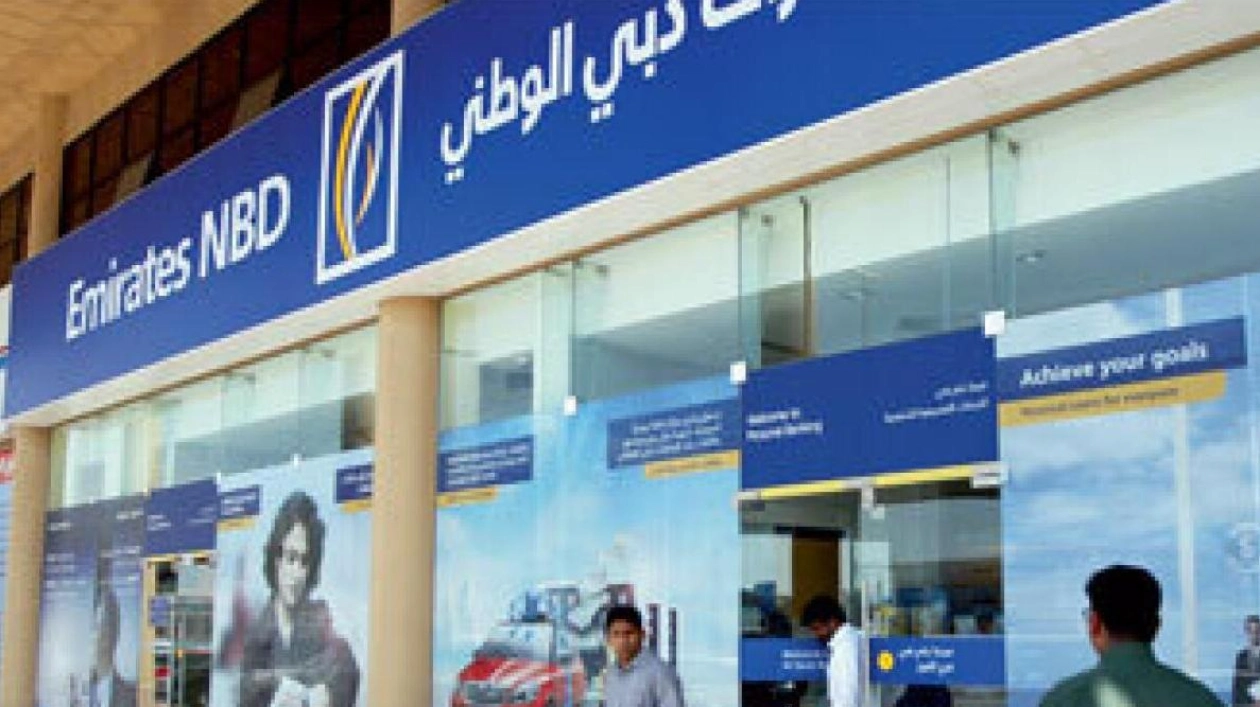S&P Global Market Intelligence predicts that the lending income of major Gulf banks will remain high following their strong performance in the second quarter, as sustained high interest rates continue to boost earnings. Dubai's Emirates NBD reported a quarterly net interest income (NII) of $2.16 billion, the highest among the top five GCC lenders by assets. This figure rose from $1.97 billion a year earlier and $2.02 billion in the first quarter. NII, as explained in an S&P Global Market Intelligence report, represents the difference between interest earned on loans and paid on deposits.
Banking analysts foresee a robust profitability for GCC banks in 2024, with strong asset quality maintained despite prolonged high rates, thanks to supportive economic conditions, controlled leverage, and substantial precautionary reserves. They observe that while global banks are struggling with rising inflation, swift interest rate hikes, and geopolitical instability, GCC banks are demonstrating resilience. Over the past two years, Gulf banks have benefited from rising interest rates and are projected to continue enjoying these benefits in 2024. By the end of 2023, the average return on assets for the largest 45 banks in the region hit 1.7 percent, up from 1.2 percent at the end of 2021.
The S&P Global Market Intelligence report also highlighted that Qatar National Bank, the largest bank by assets, recorded an NII of $2.12 billion, up from $1.93 billion a year earlier. Both Qatar National Bank and Emirates NBD have significant operations in Turkey. Saudi National Bank and Al Rajhi Banking & Investment Corp, which are more focused on domestic markets, also saw their NII increase to $1.88 billion and $1.56 billion respectively. First Abu Dhabi Bank PJSC reported an NII of $1.34 billion, up from $1.21 billion a year earlier.
Junaid Ansari, Director of Investment Strategy and Research at Kamco Invest, attributed the higher NII to consistent credit growth in the region and elevated interest rates. He anticipates that NII will remain high in the third quarter as interest rates are expected to stay stable for most of the period. All five GCC banks reported increased quarterly net income, with Emirates NBD leading at $1.92 billion. In local currency, the bank's net income reached Dh7.06 billion, marking the first time its quarterly profit exceeded Dh7 billion. Al Rajhi's income also rose to $1.25 billion from $1.11 billion a year ago, while growth was more modest at Qatar National Bank, First Abu Dhabi, and Saudi National Bank.
All GCC currencies are pegged to the US dollar, meaning any rate changes by the US Federal Reserve are mirrored by the region's central banks. The Fed has been raising rates to combat inflation and maintained its key rate at a 23-year high of 5.3 percent in early August. Looking further into 2024, potential steep rate cuts, estimated to be around 100 basis points, could impact NII in the final quarter, according to Ansari. However, banks might be cushioned by ongoing credit growth supporting overall lending. Ansari noted that all GCC countries are committed to infrastructure investments, which should drive growth in the funding market.
McKinsey's report stated that despite global economic uncertainties, the robust operating environment in the GCC has enabled its financial institutions to outperform international peers in 2023, a trend expected to continue. Global banking is facing numerous challenges, including rising inflation, rapid interest rate hikes, and geopolitical tensions, leading to a 10 percent decline in the price-to-book ratio and a $900 billion drop in global banking market capitalization. In contrast, the McKinsey report paints a positive picture for GCC banking, highlighting exceptionally high return on equity and significant global multiples, attributed to effective capital management and strong profitability strategies. GCC banks have consistently outperformed global counterparts in terms of return on equity and market multiples, with a 3-4 percentage point lead in ROE over the past two years, according to McKinsey analysts. While elevated interest rates pose challenges for global banks, they have been advantageous for GCC institutions, contributing to record-high profits and substantial shareholder value. GCC banks also show superior net interest margins and revenue-to-assets ratios compared to the global average. However, McKinsey cautioned that the GCC banking sector's remarkable performance, largely driven by high interest rates, could lead to complacency among bank managers and hinder the implementation of ambitious transformation agendas.






